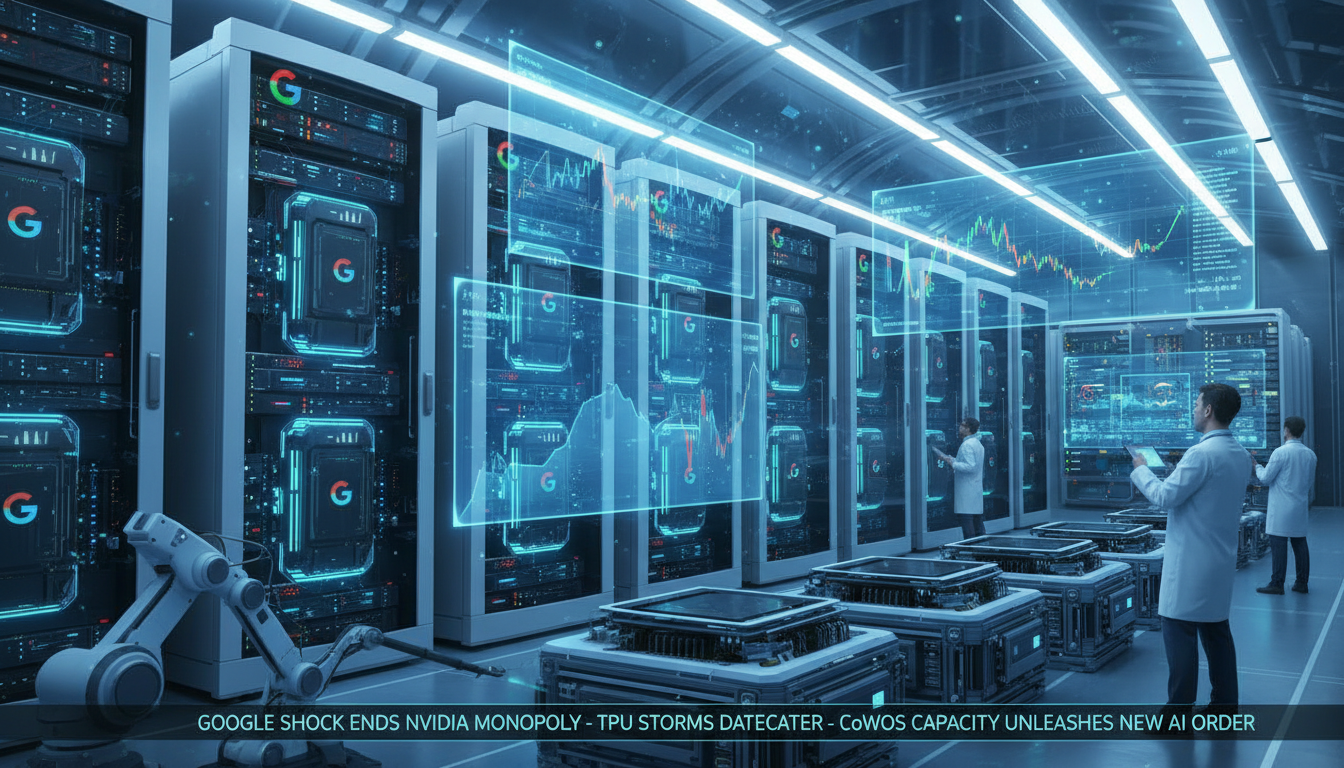● AI Hacking Evolution Threatens Global Economy
Evolution of AI Hacking Attacks: The Impact of Sophisticated Intrusion Techniques on the Global Economy and Countermeasures
1. AI-Powered Login Attacks – Automated Intrusion Attempts
While adopting AI to enhance business and customer service, hackers are using AI to automatically identify system login pages and execute intrusion strategies.
AI agents utilize large language models (LLMs) to recognize web page login forms with over 95% accuracy.
Based on this, they carry out brute-force attacks or password spraying techniques, increasing the risk of compromising customer data access rights.
These technologies threaten critical infrastructure in the global economy and highlight the importance of AI security and cybersecurity.
2. AI-Based Ransomware – Customized Intelligent Attacks
Using the research project “prompt lock” as an example, AI agents analyze target systems using LLMs and identify important files.
Based on this, the system is evolving to predict the victim’s payment capabilities and automatically generate the intensity of the attack and the encryption codes.
Ransomware attacks progress through file encryption, data theft, and dynamic ransom note generation, emphasizing the necessity for machine learning-based security enhancement and data breach prevention measures.
3. AI-Based Phishing and Deepfake – Sophisticated Social Engineering Techniques
Traditionally, phishing attacks were identified by typos and awkward sentence structures, but hackers are now creating emails with perfect grammar and multilingual support using AI.
This sophistication lowers users’ vigilance and plays a significant role in stealing crucial information.
Additionally, deepfake technology can produce fake content that closely resembles real audio or video with just a few seconds of data, putting CEOs or CFOs’ voices or appearances at risk of being impersonated, potentially leading to large-scale financial fraud.
4. AI-Based Exploits and the Entire Kill Chain – Automated Intrusion Tactics
Hackers input publicly available vulnerability information (CVE) into AI systems to automatically generate exploit codes and execute attacks at low costs.
AI agents automate the entire process from vulnerability analysis to malware creation, attack execution, and even analysis of the victim’s financial information.
As a result, attacks that previously required high-level expertise are now easily accessible to ordinary hackers, significantly impacting the global economy and cybersecurity as a whole.
5. A New Paradigm of Security and Response – The Fight of AI Against AI
The evolution of these AI attacks is no longer a story of the future but a reality, necessitating the incorporation of AI into prevention, detection, and response.
A competition between good AI and bad AI is forming, prompting companies to expand investments in AI security and cybersecurity, and develop machine learning-based security solutions.
Ultimately, efforts to prevent severe damages such as data breaches will determine the stability of the global economy.
Related Articles…
Latest Trends in AI Security
Advanced Deepfake Cases
Summary
The article focuses on the current status of how AI is innovatively utilized in hacking attacks.
It details AI-based login attacks, the evolution of ransomware, sophisticated phishing and deepfakes, as well as automated exploit tactics to convey how the risks to the global economy and cybersecurity are changing.
Furthermore, it emphasizes the necessity of establishing security measures and preventing data breaches using machine learning, while highlighting the need for developing good security solutions through AI technology.
*Source: [ IBM Technology ]
– AI ATTACKS! How Hackers Weaponize Artificial Intelligence
● Liquidity Crisis Sparks Speculative Stock Boom Ahead
Kathy Wood’s Insights on Liquidity Contraction and Stock Market Bullish Outlook for 2026: Global Economy, Economic Projections, AI Technology, Fourth Industrial Revolution, Key Analysis of Stock Investment
Causes of Liquidity Contraction in Short-term Funding Markets
Kathy Wood identified the liquidity depletion issue in the U.S. short-term funding market as a major cause.
The Fed’s short-term interest rate policies, the federal funds rate, and IORB, among various rates, directly affect the supply of short-term funds.
In particular, the Fed’s balance sheet reduction and the funds accumulated in the Treasury General Account (TGA) act as factors limiting market liquidity.
The shutdown issue and hawkish Fed policies have led to short-term liquidity deterioration, which is expected to improve with the resolution of the shutdown and interest rate cuts in December.
Deflation and Inflation Risks: Gold, Bitcoin, and Consumer Sentiment
Kathy Wood evaluates that the current economy shows more signs of deflation rather than inflation.
Low growth rates in M2 money supply and a sparse currency circulation speed are interpreted as deflation signals.
In consumer confidence indices and employment metrics, the willingness of consumers to spend is weakening, indicating a higher possibility of price declines rather than increases.
Bitcoin and gold have traditionally been regarded as safe-haven assets, but recently there has been a redistribution of investment demand alongside the spread of stablecoins.
In this context, there are expectations for Bitcoin’s price adjustment along with the potential for gold and stocks to rise concurrently.
Bull Market Scenario for 2026 and Economic Growth Driven by AI
Kathy Wood forecasts that the short-term liquidity contraction issue will be alleviated following the FOMC meeting at the end of December.
After that, the stock market is predicted to enter a phase of rapid growth starting in 2026.
Two main factors will contribute to this: the first is a surge in economic growth rates.
With advancements in AI technology and the fourth industrial revolution, corporate labor productivity is expected to improve dramatically, leading to explosive increases in nominal economic growth rates.
The second factor is the reversal in patterns of gold and money supply, where the historical pattern of stock market rebounds following declines in gold prices may be reproduced.
Changes in the Correlation Between Interest Rates and Gold: A New Investment Paradigm
Historically, there has been a strong negative correlation between real interest rates and gold prices, but this relationship has significantly weakened recently.
As the reliability of bonds declines, gold maintains its appeal as a safe-haven asset irrespective of fluctuations in real interest rates.
This change signals a transition in traditional investment paradigms, allowing for the possibility of stocks and gold rising or falling together.
Investors are now at a point where they need to formulate new strategies, considering the impacts of the global economy, economic projections, advancements in AI technology, and the fourth industrial revolution.
Kathy Wood points out the liquidity depletion in the U.S. short-term funding market and the Fed’s hawkish policies and shutdown issues, assessing that the current economy is more exposed to deflation risks than inflation.
Beginning with the December FOMC meeting, the liquidity issues are expected to be resolved, and from 2026 onwards, the stock market is anticipated to show bullish trends driven by productivity improvements and economic growth led by AI and the fourth industrial revolution.
Additionally, unlike the past, the changing correlation between real interest rates and gold prices indicates a need for changes in traditional safe-haven asset investment paradigms.
[Related Articles…] Liquidity Contraction and Response Strategies, Investment Strategies in the Age of Deflation
*Source: [ 에릭의 거장연구소 ]
– 캐시 우드가 진단한 지금장이 부진한 이유와 반등 시점은?



